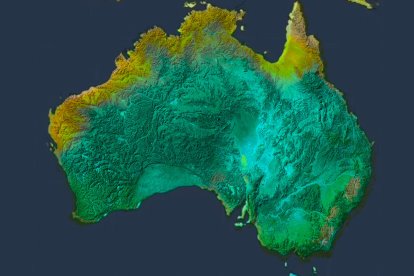Global warming: Australia recorded its coldest May in decades
Sydney reached the coldest temperatures in 53 years, while other areas had not experienced such temperatures in this month since 1907.

(pxfuel / VOZ Media)
Australia has experienced a "May masquerading as winter." This is how ABC meteorologist Tom Saunders summed up what has been happening in the country over the past month. Temperatures were between 9 and and 18 ºF below average, with Sydney recording the coldest May in 53 years, and other locations reporting data not seen since 1907 or even ever.
One-hundred stations record the coldest temperatures in history
The figures are particularly striking because, in recent years, May has been characterized in Australia precisely by its high temperatures. However, in 2023 up to 100 weather stations reported the coldest weather on record in this month.
High pressure is the cause, according to meteorologists
According to meteorologists, the cause of plunging temperatures in the middle of May "was mostly due to the position of the high pressure systems." As Saunders explained, "Winds blow anticlockwise around highs, and through the month they tended to stall off the south coast of Western Australia. This resulted in a persistent cool southerly airstream across the country." In addition, "The high pressure also brought clear skies, the optimal state for surface radiation loss overnight, and low minimum temperatures."
This caused these low temperatures, more typical of mid-winter than of springtime, especially in central and eastern Australia. In these areas, temperatures were 9 ºF below average, even reaching 18 ºF below normal. For example, Sydney's average temperature this month was 59 ºF, the lowest since 1970. The minimum temperatures, however, reached records not seen since 1957, reaching below 50 ºF. The lowest temperatures were seen in Tamworth, at 23 ºF.
Although there was unusual snowfall in some areas, the amount of precipitation was below the average of recent years in most of the continent, which also contributed to the plummeting temperatures.
RECOMMENDATION





















